Early Intervention for Autism from Griffin Doyle
$219.00 $65.00
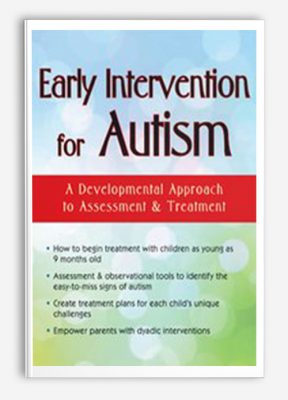
Early Intervention for Autism A Developmental Approach to Assessment & Treatment from Griffin Doyle

Faculty:Griffin Doyle
Duration:6 Hours 49 Minutes | Format:Audio and Video
Archive : Early Intervention for Autism from Griffin Doyle
Get Early Intervention for Autism from Griffin Doyle on Salaedu.com
Outline:
The Developmental Perspective
- Core functional emotional capacities: Case examples
- Inherited neurobiology and human experience
- Infant/Child seeking security, information, meaning
- Role of the parent-child bond
- All developmental domains are interdependent
- What typical traits are missing in ASD-like behavior?
Assessment and Easy-To-Miss “Red Flags”
- Earliest atypical infant behavior
- DSM-5® criteria
- Formal evaluations
- Your play/activity with child
- Informal and qualitative traits
- Parent-Child (P-C) Interaction
- Differentiating SID or Expressive-Receptive LD from ASD
- Current research findings
Developmental Evaluation
- Rate six core functional stages
- Regulation and shared attention
- Warm engagement
- Intention and purposeful, reciprocal interaction
- Continuous interaction and problem-solving
- Symbolic play and language
- Representational thinking
- Level of communication and play/activity
- Quality of P-C emotional bond
- Joint Attention (JA) and Imitation
- Atypical Sensory-Motor Systems
- Patterns and triggers for ASD-like behavior
INTERVENTION STRATEGIES AND TECHNIQUES
Encourage Shared Play and Pleasure
- Establish and hold mutual engagement
- Track child’s interests at his/her functional level
- Follow child’s back-and-forth pace
- Find Fun!! Go for the “Gleam” and eye contact
- Gently join self-absorbing action
- Invite/model further exploration
- Inject needed “affect”
- Reciprocity/communication
- Intentionality
- Rigidity/transitions
Treat Difficult Behaviors
- Dysregulation, security seeking
- Meltdowns
- Seeking/avoiding
- Stimming/self-absorbed
- Perseveration
- Physical proximity/holding
- Eating/sleeping problems
Major Treatment Approaches
- Relationship-based, ABA, mixed programs
- Application of Developmental (DIR) Model
- Dyadic treatment approach
Developmental Treatment Framework
- Create a treatment plan in class: Class example
- Follow developmental evaluation
- Prepare suitable sensory-motor environment
- Shoot for child succeeding at his developmental level
- Follow and join child’s interests
Empower Parents and Families
- Help them come to terms with the ASD diagnosis
- Strategies for grief, stress, anxiety and depression
- Strengthen/coach the parent-child relationship: Case example
- Understand their child’s behavior and motives
- Team work/referral process
- Coordination with school placement
Get Early Intervention for Autism from Griffin Doyle on Salaedu.com
Description:
Early detection is critical to effective autism treatment… every moment counts.
But, at what age can you effectively identify autism and begin treatment? Do you know how to start treatment with very young children? Autism expert, Griffin Doyle, PhD, will show you the answers to these questions and more!
Looking through a developmental lens, you will learn new and improved strategies allowing you to effectively close the gap between what you know about autism and how to begin early treatment!
Through case examples, videos and lively class discussion you’ll be guided on how you can identify key markers of autism and begin treatment with children as young as 9 months old. You’ll get specific instruction so you can effectively intervene, prevent regression and promote developmental gains in young children – even prior to formal diagnosis.
In this recording, you’ll learn the necessary skills you need to:
- Ask “What is missing?” – Subtle differences in neurotypical and ASD-like children
- Identify the easy-to-miss ‘red flags’ of ASD in infants, toddlers and young children
- Develop an initial working profile of sensory-motor processing deficiencies
- Customize treatment plans for each child’s unique challenges
- Positively impact clinical outcomes with evidence-based therapeutic strategies to reduce and replace maladaptive behaviors.
Don’t let a wait and see approach cost kids a better future. Intervene early when brain plasticity is much more pronounced and the impact of intervention is much more comprehensive!
You’ll get the early identification and intervention skills you need to make a life-changing impact on children with autism!
Health and Medical course
More information about Medical:
Medicine is the science and practice of establishing the diagnosis, prognosis, treatment, and prevention of disease.
Medicine encompasses a variety of health care practices evolved to maintain and restore health by the prevention and treatment of illness.
Contemporary medicine applies biomedical sciences, biomedical research, genetics, and medical technology to diagnose, treat, and prevent injury and disease,
typically through pharmaceuticals or surgery, but also through therapies as diverse as psychotherapy, external splints and traction, medical devices, biologics, and ionizing radiation, amongst others.
Medicine has been around for thousands of years, during most of which it was an art (an area of skill and knowledge) frequently having connections to the religious and
philosophical beliefs of local culture. For example, a medicine man would apply herbs and say prayers for healing, or an ancient philosopher and physician would apply bloodletting according to the theories of humorism.
In recent centuries, since the advent of modern science, most medicine has become a combination of art and science (both basic and applied, under the umbrella of medical science).
While stitching technique for sutures is an art learned through practice, the knowledge of what happens at the cellular and molecular level in the tissues being stitched arises through science.
More Course: FITNESS – HEALTH – MEDICAL
Outstanding Course:Biolayne Site Rip November 2017
1 review for Early Intervention for Autism from Griffin Doyle
Add a review Cancel reply
Related products
HEALTH - FITNESS - LIFESTYLE - MEDICAL
HEALTH - FITNESS - LIFESTYLE - MEDICAL
HEALTH - FITNESS - LIFESTYLE - MEDICAL
HEALTH - FITNESS - LIFESTYLE - MEDICAL
HEALTH - FITNESS - LIFESTYLE - MEDICAL
HEALTH - FITNESS - LIFESTYLE - MEDICAL

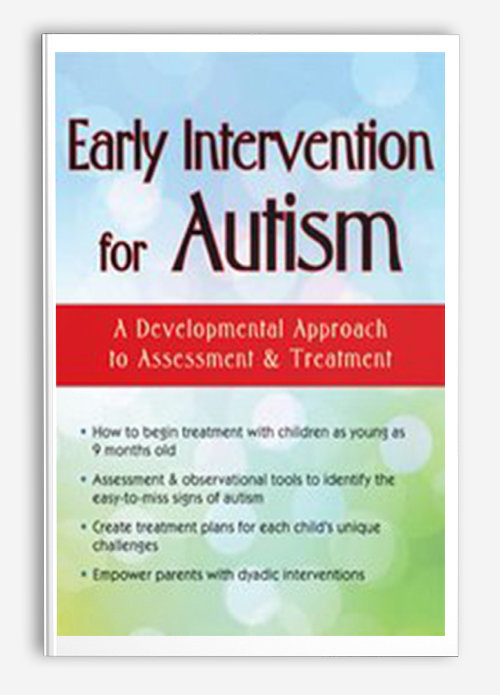

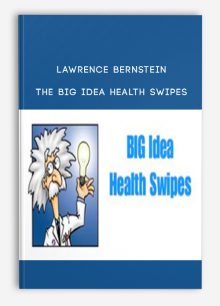
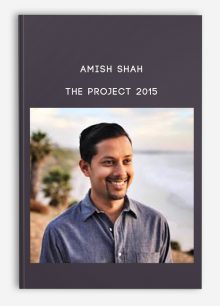
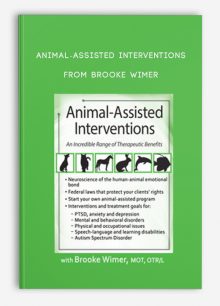
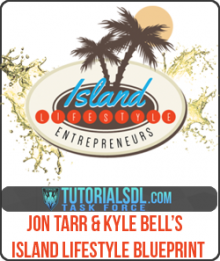



king –
“We encourage customers to contact Customer Service and think twice before making payment. All course contents will be similar to what is from the author.”
Thank you!